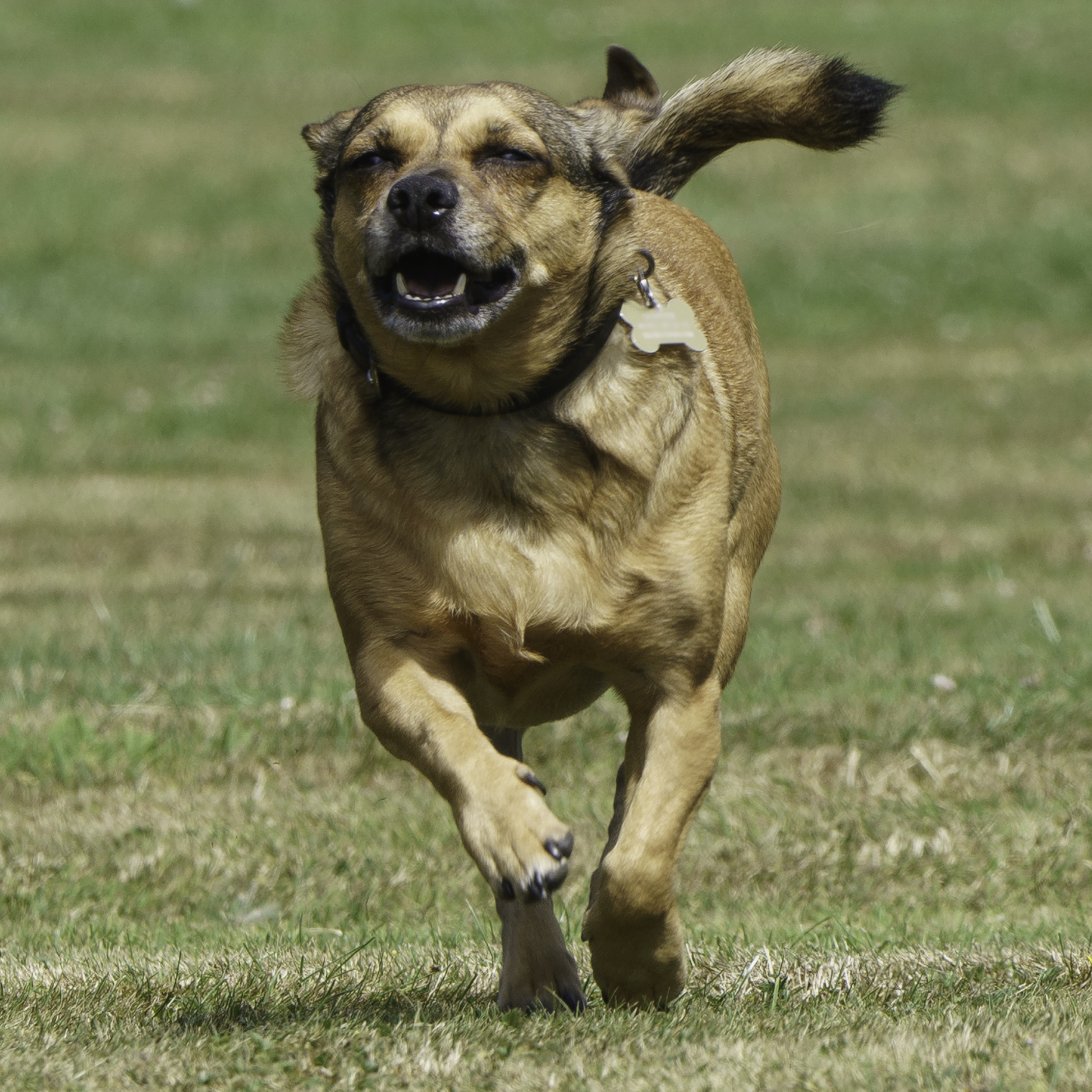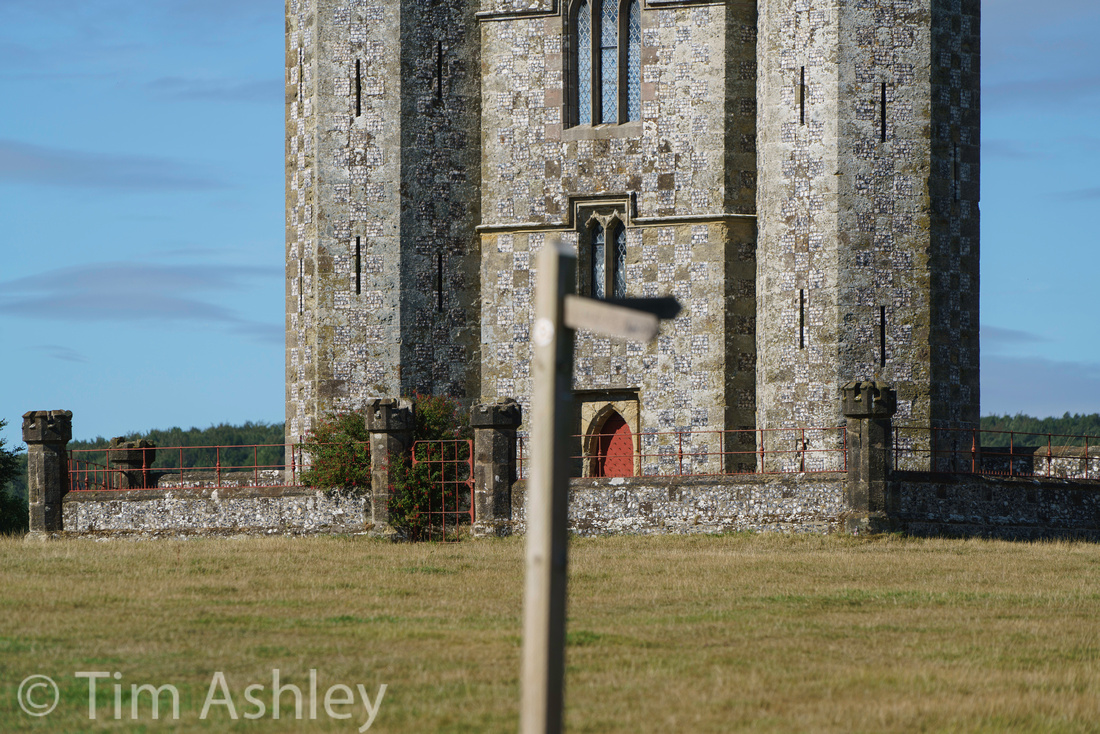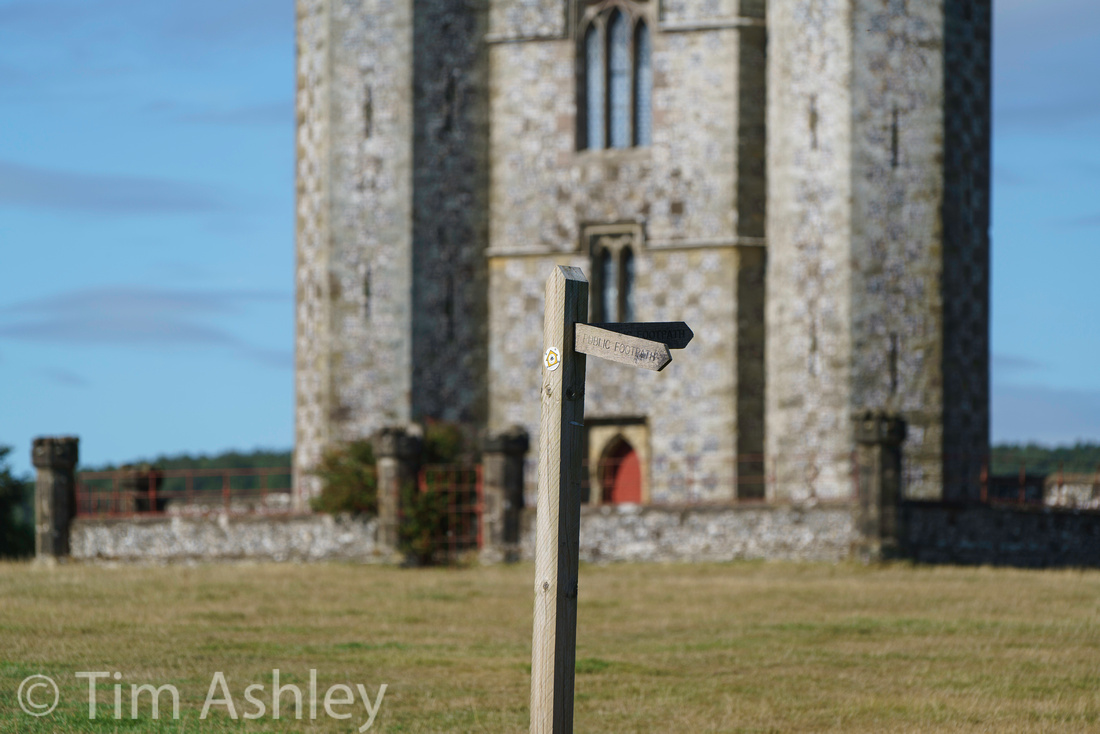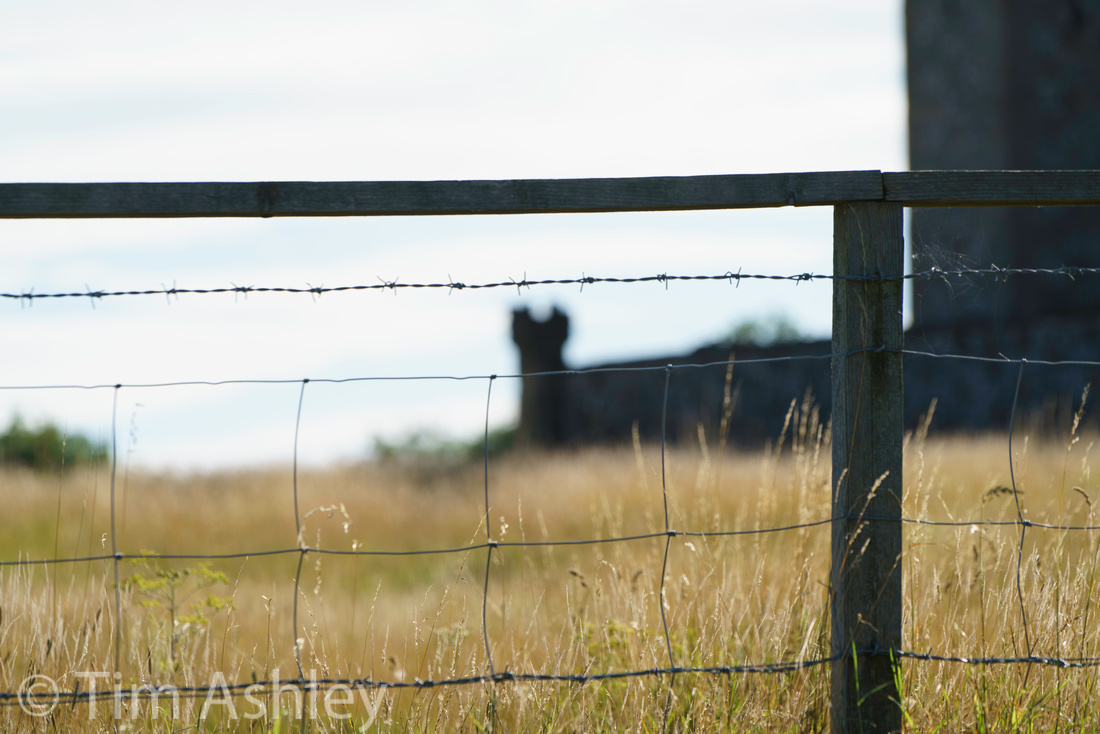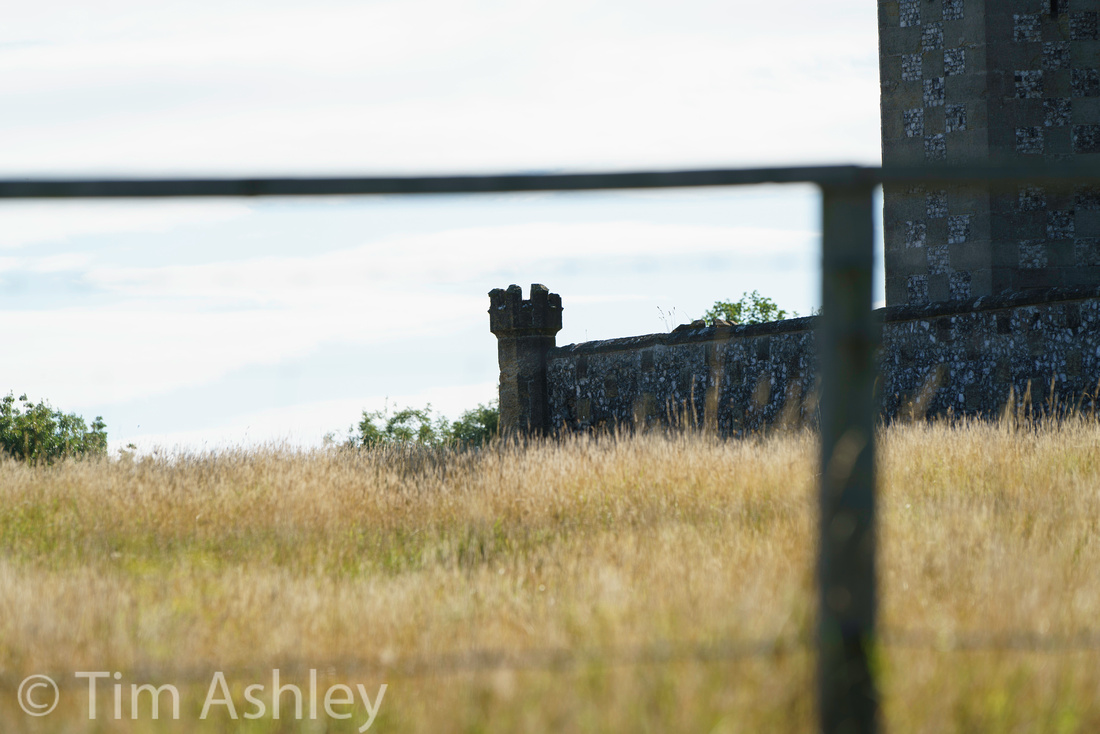All you brave and lucky early adopters have generously shared many images and comments on this exciting new camera. I understand that for some of you manual focus is all that's necessary. However if autofocus performance is something you value I would greatly enjoy hearing about it. The few reports coming out haven't been definitive or precise. I surmise that the tracking capability is greatly enhanced. That's great to hear. My particular question is this:
How accurate is the AFS on static targets? The reason I ask is that I have always considered the A7 (and NEX) autofocus too susceptible to missing focus. If I get the AF confirm indicator and then use manual magnification to check the focus there is a very high probability that the focus is poor. That is the one thing that Sony has never seemed to get right.
Anyway any info about auto-focus will be useful.
Thanks
How accurate is the AFS on static targets? The reason I ask is that I have always considered the A7 (and NEX) autofocus too susceptible to missing focus. If I get the AF confirm indicator and then use manual magnification to check the focus there is a very high probability that the focus is poor. That is the one thing that Sony has never seemed to get right.
Anyway any info about auto-focus will be useful.
Thanks

